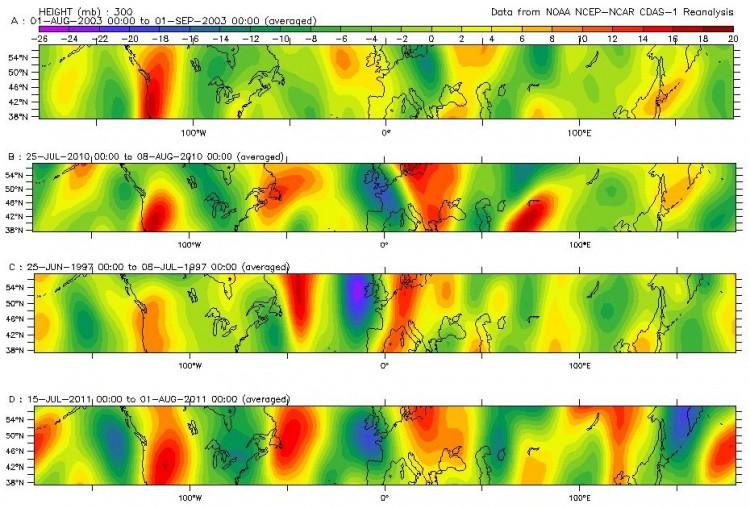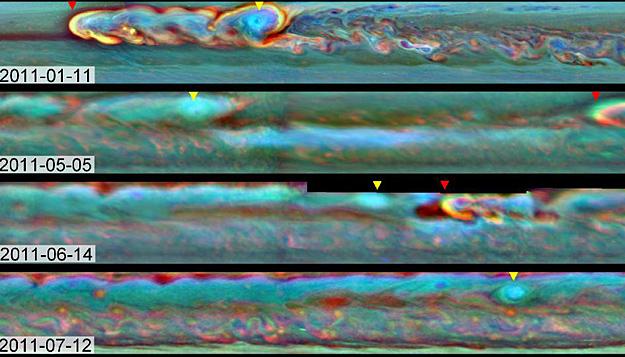NASA’s Cassini spacecraft detected a strong bow shock while studying the ringed planet, revealing a massive acceleration of electrons normally expected from supernova remnants.
The shock wave formed due to the interaction between a solar wind blast and the planet’s magnetosphere in a “quasi-parallel” orientation, meaning the front of the wave and the magnetic field were virtually in line with each other.
When distant stars explode, the resultant supernovas can send out debris so fast that particles are accelerated to almost light-speed, possibly acting as the main source of cosmic rays in the Milky Way.
“Cassini has essentially given us the capability of studying the nature of a supernova shock in situ in our own solar system, bridging the gap to distant high-energy astrophysical phenomena that are usually only studied remotely,” said study lead author Adam Masters at Japan’s Institute of Space and Astronautical Science in a press release.
The shock wave is believed to be the strongest one detected coming from Saturn, and this was the first time electrons were found to be accelerating from a quasi-parallel shock there.
The findings were published in Nature Physics on Feb. 17.



